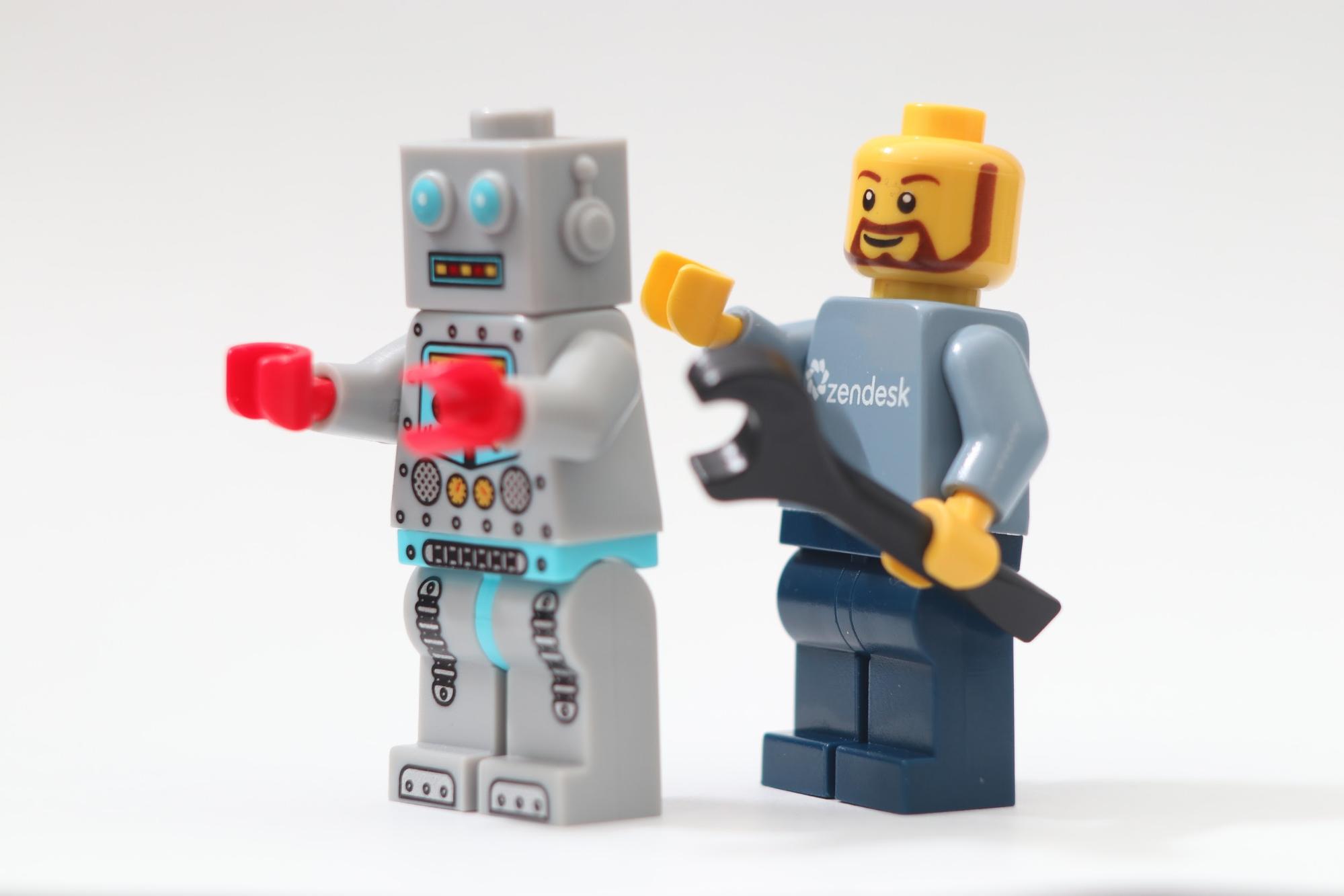Article • 2 min read
How to build ideal workflows in Zendesk Support
Por Don Newton
Última actualización en January 25, 2017
During our last Fine Tuning discussion, we started a conversation about how to strategically build workflows in Zendesk Support. We looked at how to organize agents into Groups and assign roles, how to create custom user and organization fields, and how to create ticket fields and put ticket forms to use.
We’re building on this conversation in our Zendesk support forums. Join our latest Fine Tuning discussion to learn more about the remaining “building blocks” of an ideal workflow:
Part 1: Triggers and Automations
Learn to use triggers and automations to route tickets, assign values, and send notifications.
Part 2: Business Schedules and SLAs
We’ll show you how to prioritize your tickets and set service goals.
Part 3: Macros and Views
Last but not least, define the agent experience with macros (predefined responses), and views.
No matter when the information drops, join in anytime throughout the day to read through the best practices and to leave a comment, ask a question, or share your own best practices and workflow-building strategies.

Sneak preview: Pull the trigger on using triggers
Triggers are an event-based system action. They are set in motion when a ticket is created, or when a ticket is updated. There are many ways to utilize triggers in Zendesk, including:
Assigning tickets to a specific agent or a group of agents
Changing ticket field values or adding/removing tags
Notifying users (or targets) of created or updated tickets
Changing user or organization field values when a ticket is updated
Zendesk has a few default triggers that you may decide to deactivate or alter—it all depends on when you want to send notifications. For this reason, it’s best to review your list of triggers before you go live with a workflow.
The Notify Requester of comment update default trigger is the most important trigger in your Zendesk. This is the trigger that sends your ticket comments to your end users, so if you alter or delete this one, it may impact your ability to communicate with your customers.
Ideally, when you think about triggers, try not to have each trigger do too much. Tomorrow morning we’ll delve into best practices for using triggers.
